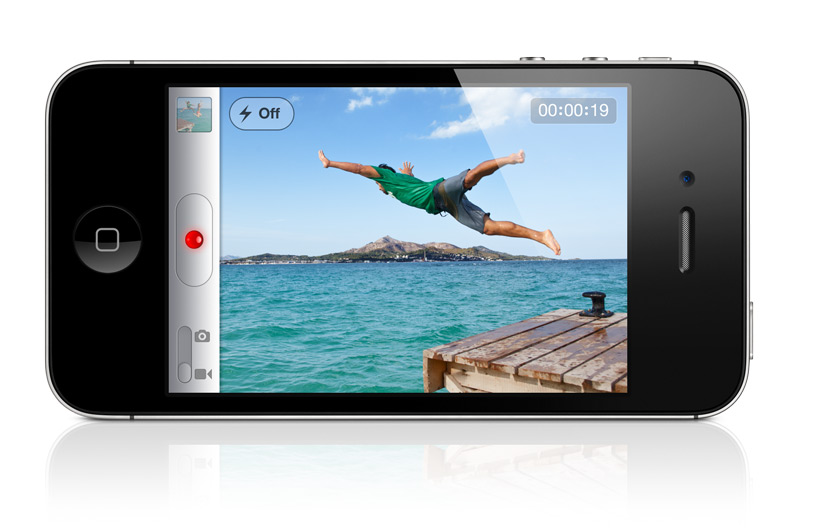Today’s question came from a busy entrepreneur about his customer service plan.
How do you deal with the pains of customer service?
I work in the hospitality industry, and I spend a lot of money on what I call “guest investments” where I give some sort of discount, free merchandise, etc. in order to win back customers when something goes wrong. I can’t tell if it’s working or if I’m throwing money away. How does your business deal with the challenges of customer service and keeping people happy?
This question came up at a very appropriate time. I had recently discovered that my bank offered a “Private Bank Level” for clients that have 1 million dollars invested with the bank. At that level, they receive premiere customer series and 24 hour concierge service.
Consider doing this with your own customer service strategy. In an earlier article (Should I have specific segmented brands or one brand that does all at different price levels?) we discussed the Product Funnel.
Product Funnel Strategy for Customer Service
Give low-interaction help instructions for clients that are taking advantage of your free products and services. Low-interaction help instructions can be in the form of (but not limited to):
- FAQ articles and cheat sheets
- Community Discussion Groups
- Email response within 2 days
As the client invests more in your products and services, they get more access to support.
Structure your customer service as a product line of service. Give premium service to the people that are actually doing the most business with you. This will transform the “pain of customer service” into a product or business of customer service.
Customer Referral and Loyalty Programs
Also, don’t wait until there is a problem to implement your customer service program. Be proactive with customer referral and loyalty programs. Visualize your product funnel in there area and incorporate rewards programs based on the amount of business your client is currently doing with you. Use your rewards program to entice your customers to do more business or move into the next price-point of programs and service.
Creating a great referral/loyalty/retention program not only elevates your customer service focus and energy – it automatically solves the “pains of customer service” as well. Take time to clarify what your Mission Statement and vision is regarding Premiere Client Service. Start dealing with clients instead of “customers”. Start building raving fans that will ultimately market your products/services for you – and simply release the customers that do not fit in your plan.
One Size Doesn’t Fit All
When you clearly identify your niche or target market, some people will not fit. When someone doesn’t fit, there is only one thing that will make them happy. That one thing is to release them and direct them elsewhere. This is where affiliated partners and business referrals come in.
You are still providing customer satisfactory solution – it’s just not with YOU. You are still making the client happy.
Quick summary:
- Clarify your Vision of your target or ideal client
- Create affiliated partnerships with those clients that are not ideal
- Design a referral partnership agreement with those partners
- Design a referral/loyalty/retention program for your target/ideal clients
I know your situation is different. Why don’t we schedule an appointment, where I get to know more about your unique situation? And then I will be happy to make recommendations on what your best steps are moving forward. To schedule an appointment, book it HERE.


 One easily attainable marketing tool are video testimonials. If you are already giving a talk, it’s easy to take advantage of the excitement and enthusiasm that your audience is feeling right after your presentation. If you wait until they leave and are back into their daily activities – it’s going to be harder to get them to refer or comment on that event. Don’t miss that opportunity to get that genuine reaction and excitement for your genius.
One easily attainable marketing tool are video testimonials. If you are already giving a talk, it’s easy to take advantage of the excitement and enthusiasm that your audience is feeling right after your presentation. If you wait until they leave and are back into their daily activities – it’s going to be harder to get them to refer or comment on that event. Don’t miss that opportunity to get that genuine reaction and excitement for your genius.